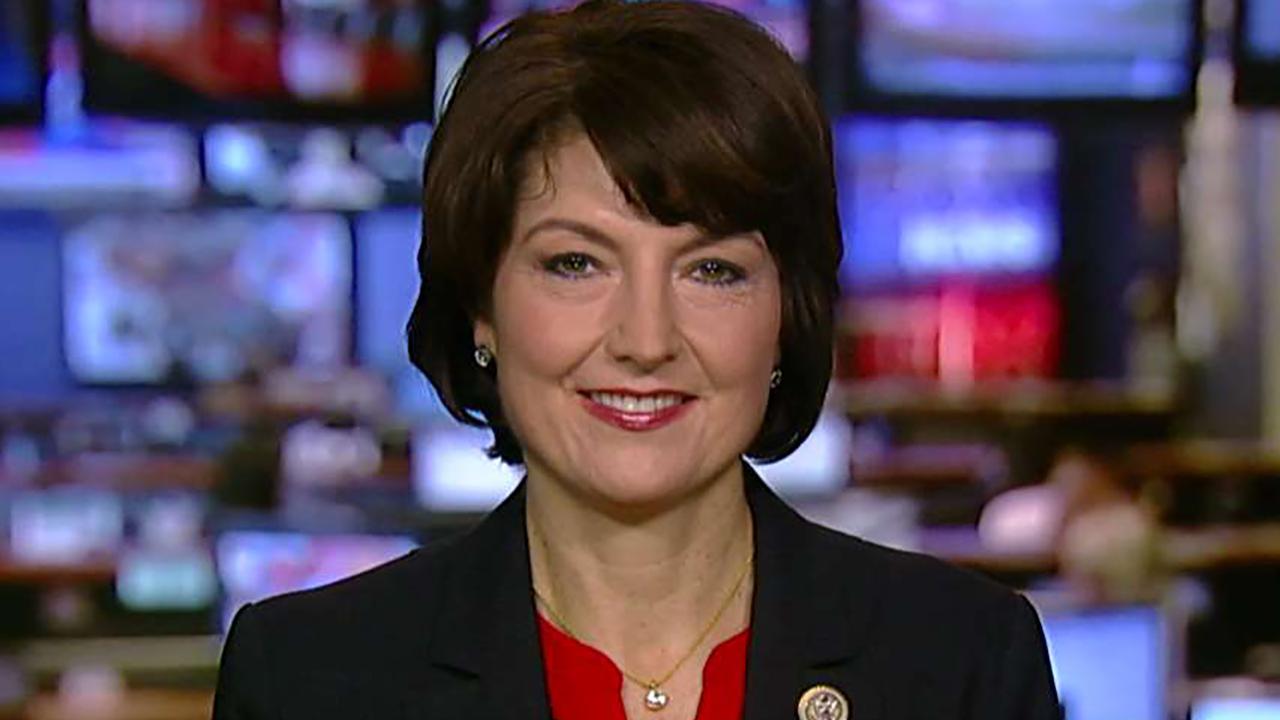State of the Union 2018: How will the markets react?
President Trump’s first State of the Union speech is on Tuesday night, and when it comes to the condition of the U.S. economy after his first year of leadership, there are lots of positives to discuss.
The major U.S. stock indexes have set multiple records. Through Friday, the Dow has closed at a record 82 times since Donald Trump became president. The S&P 500 has closed at a record 75 times, while the Nasdaq has had 79 record finishes.
Other economic indicators have also painted the picture of a rosy economy, with unemployment currently sitting at a 17-year low. While markets have done well, more of the same is expected as Wells Fargo Investment Institute forecasts positive equity-market returns this year, with more volatility likely.
While the State of the Union will dominate headlines, historically, the markets have had a relatively muted reaction the day after the president’s first State of the Union speech.
Looking back as far as 1961, when John F. Kennedy had his first State of the Union address, the most positive post-speech response for the Dow was a 1.5% gain, seen after George W. Bush spoke to the country.
The worst market reaction was after Richard Nixon, when markets fell 1.34%, whereas Barrack Obama’s January 2010 speech came in a close second. The Dow fell 1.13% after Obama addressed the nation.
The rest of the time in the 1961 to 2010 period, the Dow didn’t even register a 0.5% movement the day after the president’s first State of the Union.




















